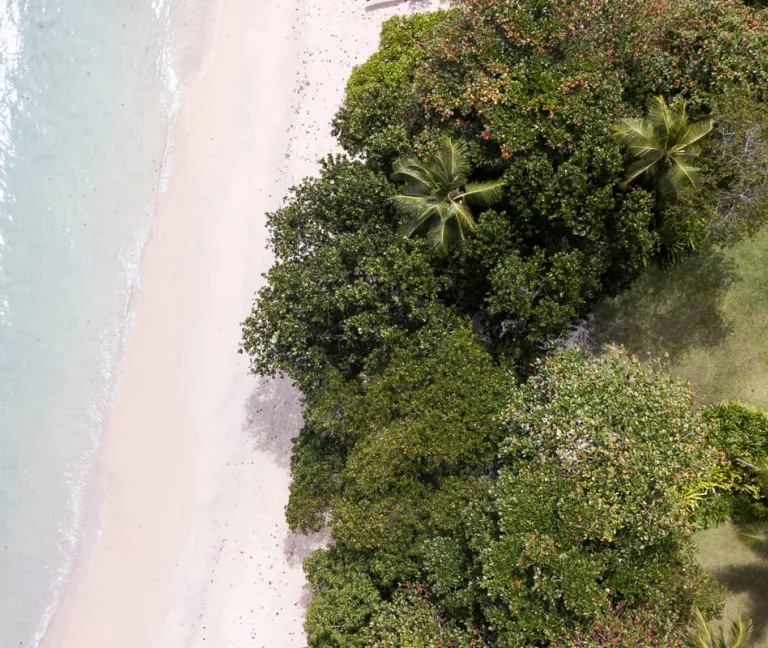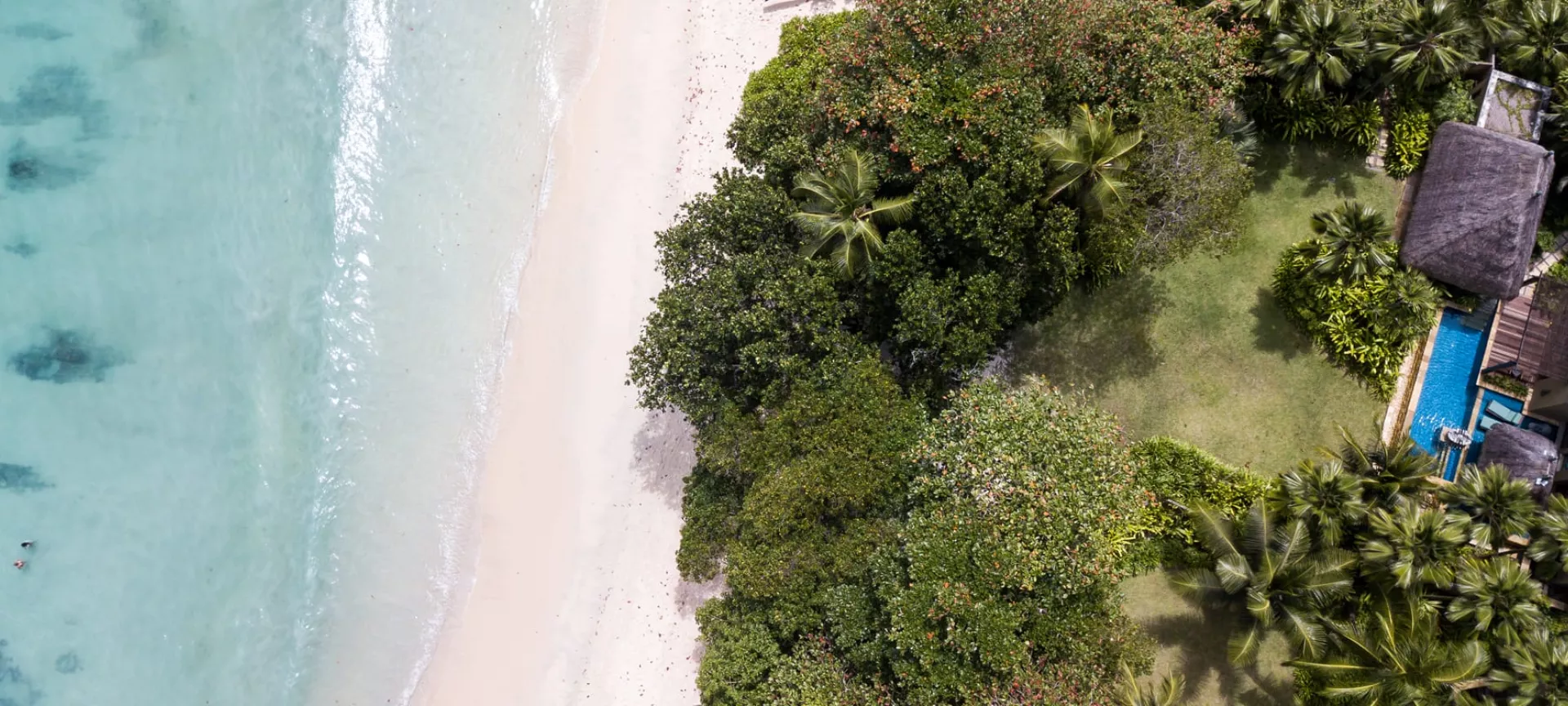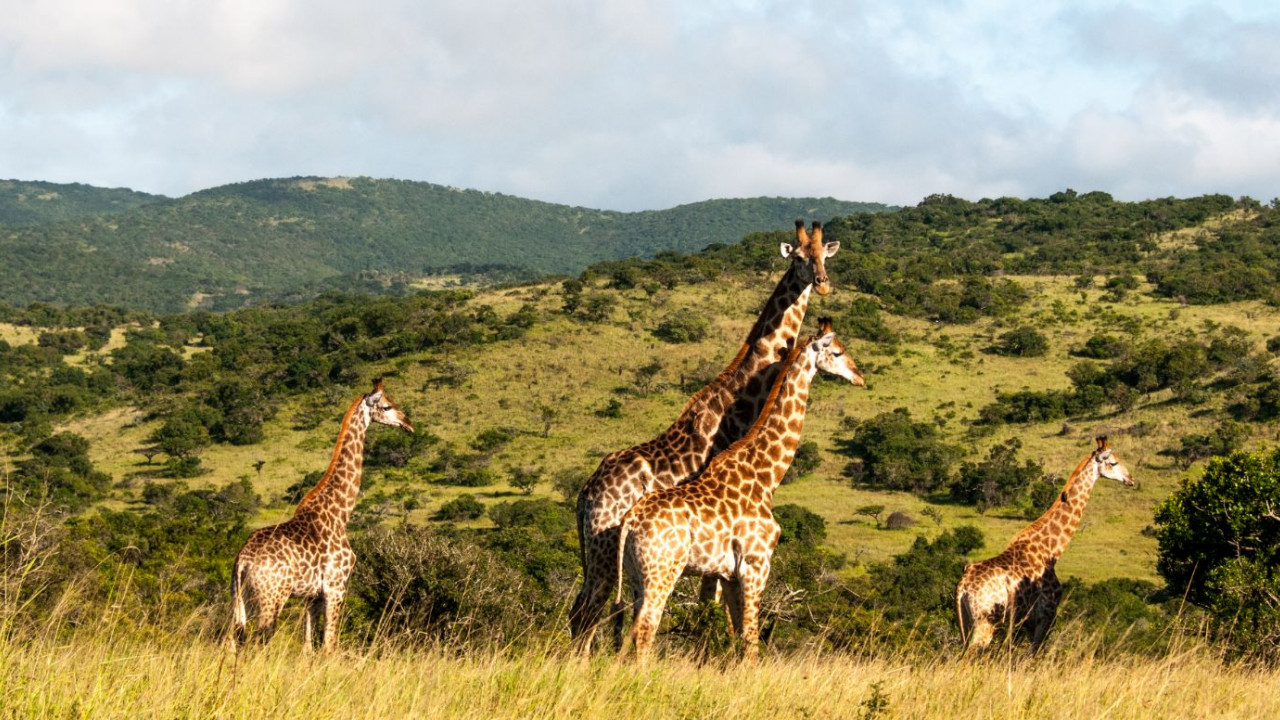
The humble, elegant giraffe, one of Africa's most loved and gentle giants, has a recently discovered genetic secret that may astound you...
Years of studying DNA has revealed that there are in fact four completely distinct species of giraffe across Africa, rather than what was believed to be just a single species with nine separate subspecies.
The research proves that the four species have not cross-bred and exchanged genetic material for millions of years - a clear indication that they have evolved separately. To put this in comparison, the different species are as closely related as polar bears are to brown bears.
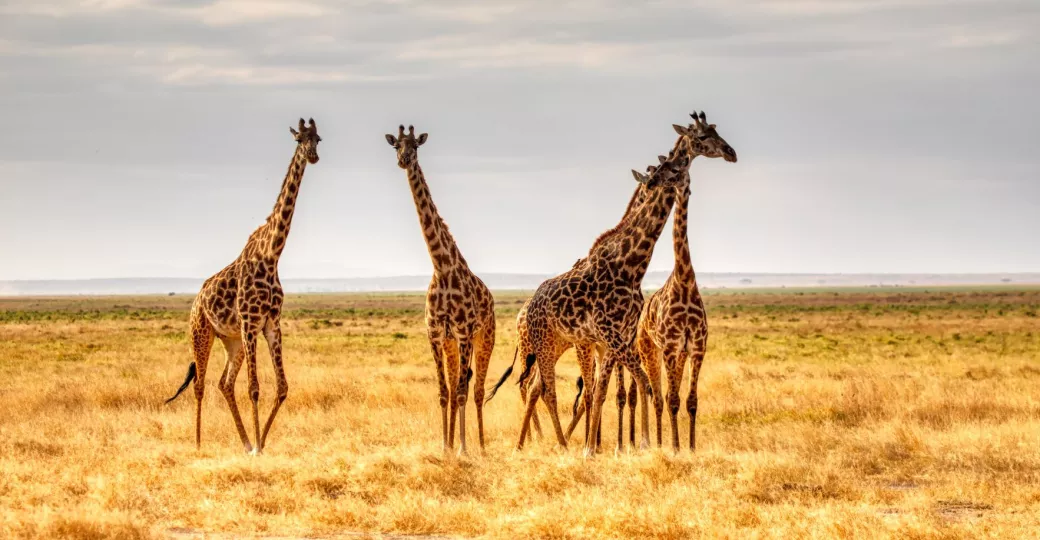
A tower of Giraffe in Amboseli National Park - Mariola Grobelska
While it is widely known that giraffes across Africa have slightly different marking patterns based on the regions they are found in, it had previously been thought that these variations were simply thanks to sub-species adaptations of the giraffe. This has recently been disproved, and is a fascinating and fantastic breakthrough for conservationists.
So, what are the four different species?
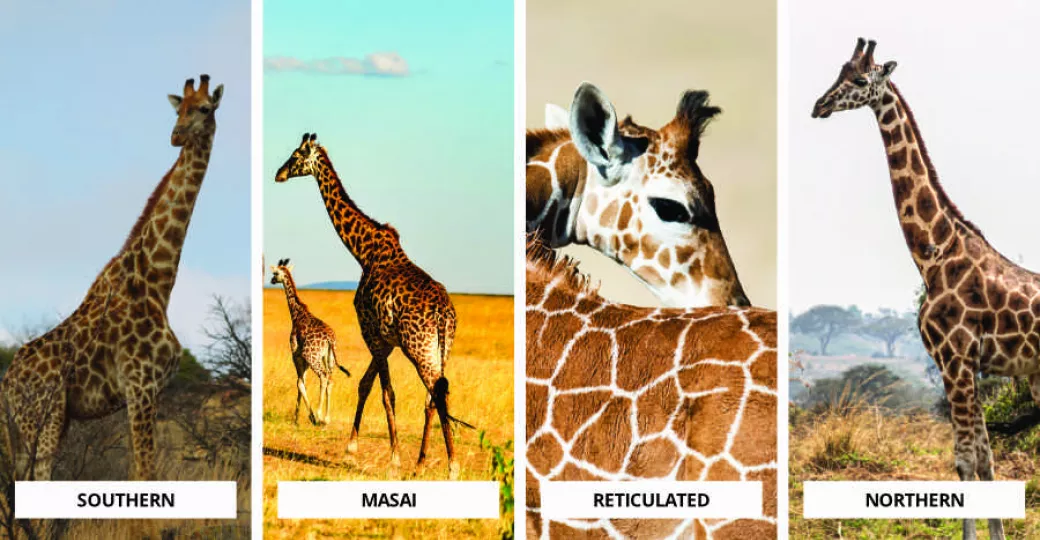
The four species of giraffe
(See graphic at the end of this blog for the geographic distribution of species)
Southern giraffe (Giraffa giraffa)
Estimated Population: 54,750
The Southern giraffe is probably the most recognisable, and what most of us picture in our minds when we think of the animal. They are now the most abundant of all the giraffe species making up over 50% across the continent.
They occur, as their name would suggest in Southern Africa, predominantly found in Botswana, Namibia, Zimbabwe, Mozambique and South Africa.
There are two sub-species, the South African giraffe (G.g. giraffe) and the Angolan giraffe (G.g. angolensis) which is found predominately in Namibia, however a re-introduction programme has begun to expand the population in Angola.
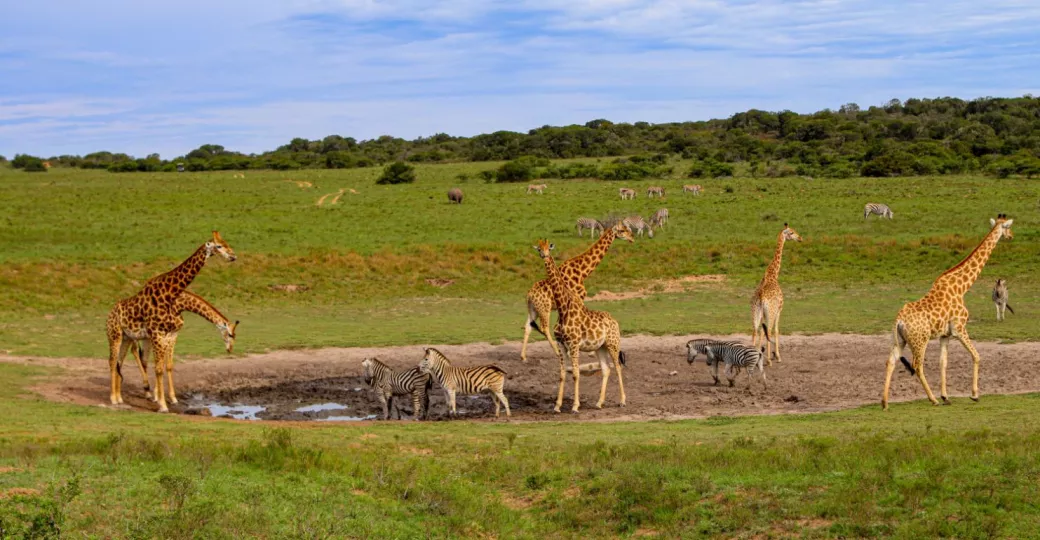
Southern Giraffe - Yoni Kozminsi
Masai giraffe (Giraffa tippelskirchi)
Estimated Population: 35,000
Found in southern Kenya, throughout Tanzania and in a small region of Zambia, the Masai giraffe used to be the most abundant giraffe species across the continent, however over the past 30 years their population has more than halved.
“The Masai giraffe is often noticeably darker than other species. Its patches are large, dark brown and distinctively vine leaf-shaped with jagged edges. The patches are surrounded by a creamy-brown colour, which continues down their lower legs.” - The Giraffe Conservation Foundation.
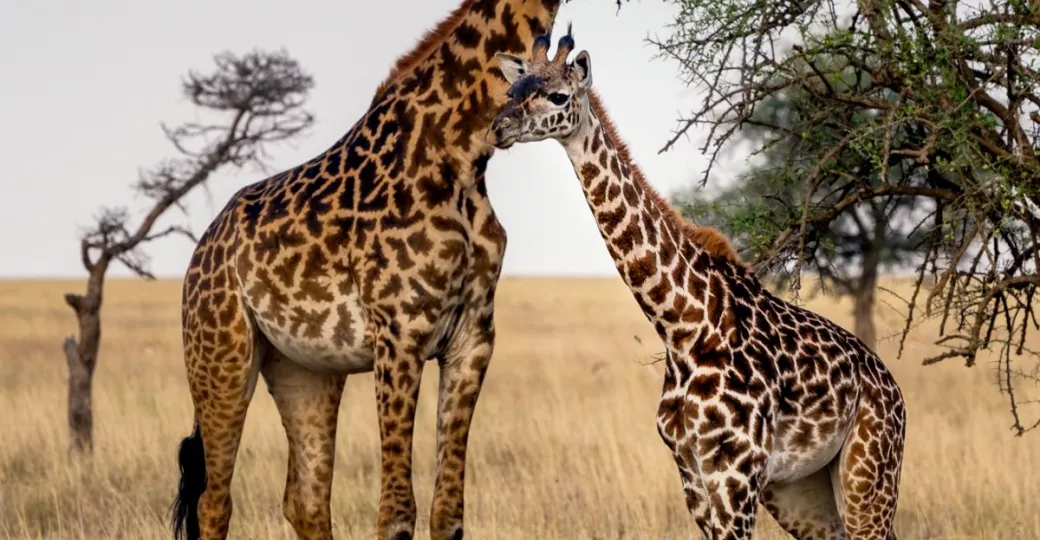
Two Masai Giraffe - Hu Chen
Reticulated giraffe (Giraffa reticulata)
Estimated Population: 15,780
Possibly the most distinct of all the giraffe species with truly stunning clean markings, the Reticulated giraffe are found across most of Kenya, particularly in the northern regions, and even in Somalia.
In 2018 they were declared an endangered species, however in recent years their numbers appear to be increasing in northern Kenya.
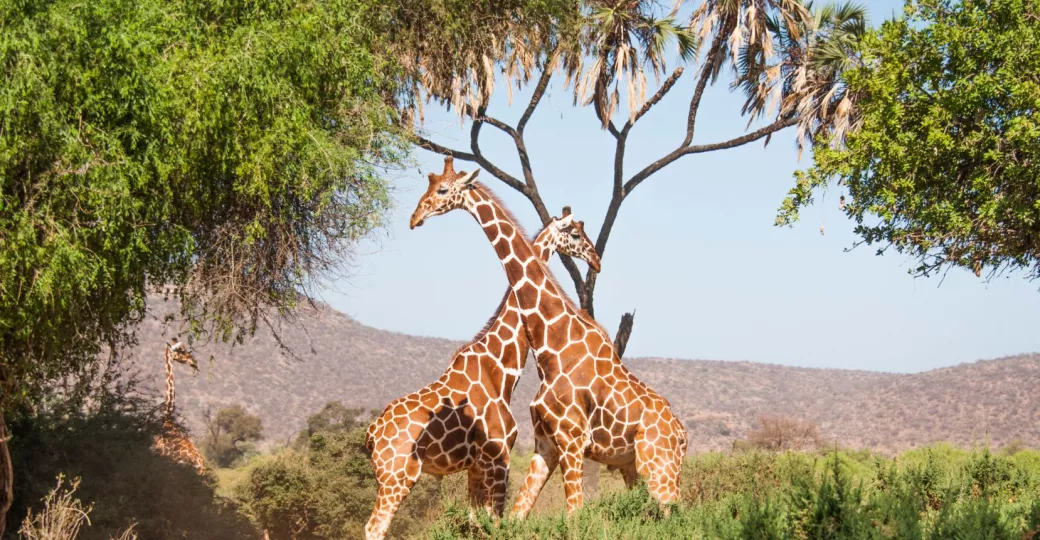
Two Reticulated Giraffe at Samburu - Toby Pheasant
Northern giraffe (Giraffa Camelopardalis)
Estimated Population: 5,600
Last but not least the Northern giraffe. The translation of the scientific name literally meaning camel horse.
There are three sub-species including the Kordofan giraffe (G.c. antiquorum) found in southern Chad, CAR, northern Cameroon, northern DRC and western South Sudan. It is estimated that approximately 2,000 individuals survive in these war ravaged countries. The Nubian giraffe (G.c. Camelopardalis) which is found in Ethiopia, South Sudan, Kenya and Uganda includes the formerly recognised Rothchild’s giraffe.
Very interestingly, a dwarf giraffe of this species has recently been found in Uganda. You can read more about this finding in this blog by the Giraffe Conservation Foundation.
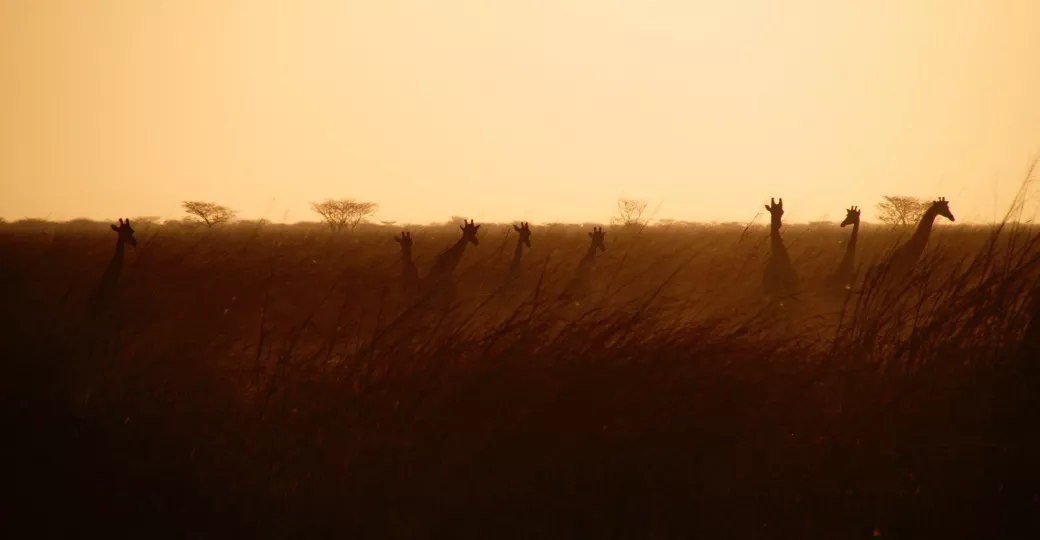
Northern Giraffe in Waza National Park, Cameroon - Martin Fennema
With only around 100,000 giraffe estimated to remain in Africa, it's well known that their numbers are dwindling. With this new information it's now possible to identify which of the individual species is most at risk, and it's now more important than ever to raise awareness for all of the species' conservation.
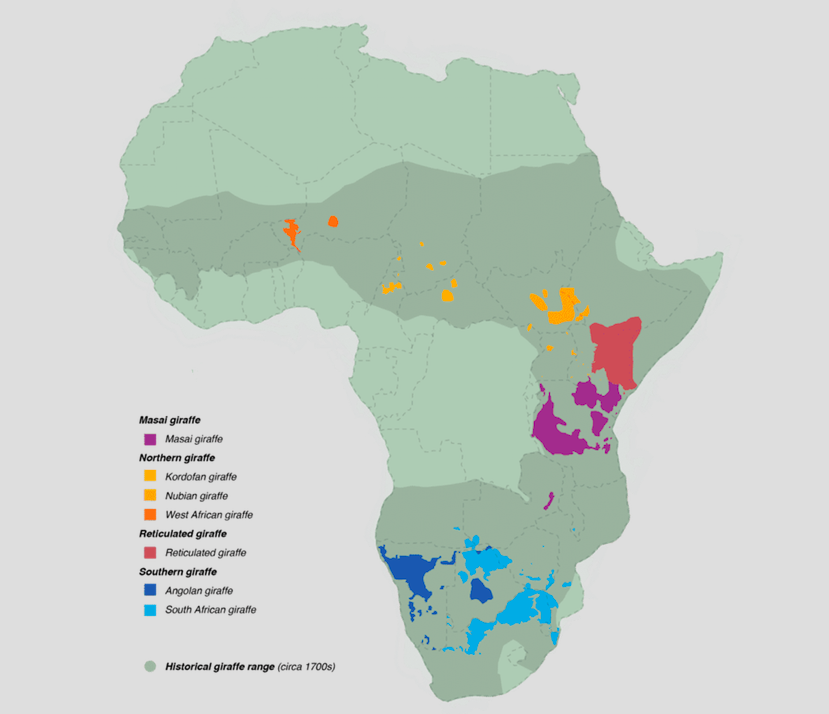
Species by geographic distribution. Source: The Giraffe Conservation Foundation
If you've enjoyed this blog about the different species of giraffe, you will love our 'Animal Fact' series that dives into all of the fascinating facts about The Hippo, The Ostrich and The Elephant.

Toby Pheasant
Toby first visited Africa at the tender age of four when he accompanied his family on their first of several safari holidays. From that moment on Toby’s love affair with Africa’s nature and wildlif...
View profileNever miss a notebook entry with our newsletter

